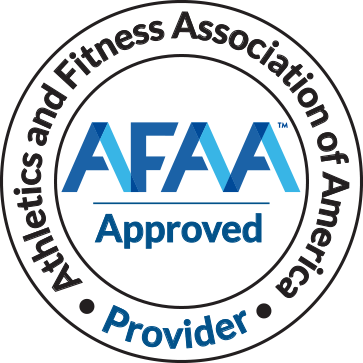Arthritis is an increasingly common condition affecting millions of adults across the United States. According to recent statistics, 1 in 4 adults now lives with a doctor-diagnosed form of arthritis, making it one of the leading causes of disability and a significant driver of healthcare costs. For fitness professionals, this means understanding how to train clients with arthritis is no longer optional—it’s essential.
As a certified fitness professional, you likely have experience adapting workouts for clients based on fitness levels and physical limitations. However, training clients with arthritis requires a deeper understanding of the condition, its various forms, and how it affects not only the joints but also other parts of the body, including internal organs like the heart and lungs. Given the prevalence of arthritis, fitness professionals must now consider this demographic as representative of “the average client.”
Understanding Common Forms of Arthritis
To train clients with arthritis safely and effectively, it’s critical to first recognize the most common types of the condition and their unique symptoms.
Osteoarthritis, the most prevalent form, occurs when cartilage around the joints breaks down due to overuse, injury, or aging. It typically affects high-stress joints like the hips, knees, ankles, and shoulders. Rheumatoid arthritis, on the other hand, is an autoimmune disease where the body’s immune system attacks its own joints, causing inflammation, pain, and potential damage to internal organs. Psoriatic arthritis is another autoimmune form, which often presents with skin symptoms like red or silvery rashes near the elbows, knees, or scalp, in addition to joint pain. Ankylosing spondylitis specifically targets the spine, causing inflammation in the lower back and hips that can lead to significant pain and mobility issues if left untreated.
Each type of arthritis presents differently, which means fitness professionals must take a tailored approach for every client.
Assessing Symptoms Before Training
Arthritis impacts people uniquely, so it’s essential to assess each client’s specific symptoms before starting any fitness program. Conversations about joint inflammation, pain levels, breathing difficulties, numbness or tingling in extremities, skin conditions, digestive problems, and overall emotional health can help you gauge how arthritis is affecting your client. This thorough understanding ensures you’re addressing the most pressing concerns while designing a safe and effective workout plan.
The Role of Movement and Lifestyle Changes
While arthritis can limit mobility, regular exercise and movement are some of the most effective tools for managing symptoms. Physical activity helps reduce inflammation, improve joint flexibility, and boost overall well-being. However, the benefits of movement go beyond the gym. Factors like stress management, sleep quality, hydration, nutrition, and even medication adherence significantly influence how the body reacts to arthritis.
For example, excess stress can exacerbate inflammation, while poor sleep and hydration can slow recovery and increase pain. Educating clients about these factors and encouraging simple lifestyle changes can help reduce the severity of arthritis symptoms over time.
Knowledge is Power
Becoming an expert in arthritis management doesn’t just benefit your clients—it also strengthens your professional skill set. Certifications like an Arthritis Fitness Specialist program can equip you with the tools and knowledge to design effective workouts for clients with arthritis. Understanding the relationship between inflammation, movement, and overall health empowers you to help clients achieve their goals while minimizing discomfort.
Building a Sustainable Fitness Plan
Helping clients with arthritis means creating a fitness plan that is both manageable and adaptable. Start with low-impact exercises to improve strength and mobility without putting undue stress on the joints. Encourage regular activity to maintain joint flexibility and reduce stiffness. Always keep the lines of communication open, allowing clients to provide feedback about what feels comfortable and what may need adjustment.
By tailoring your approach and focusing on education, you can help your clients not only manage their arthritis but thrive despite it. As more people face this condition, fitness professionals have a unique opportunity to make a difference in their lives.
The Path Forward
Arthritis doesn’t have to mean giving up on fitness. With the right guidance, tools, and knowledge, clients with arthritis can improve their mobility, reduce their symptoms, and lead active, fulfilling lives. For fitness professionals, this starts with a commitment to understanding the condition and continually educating yourself.
By empowering your clients through movement and lifestyle changes, you’re not just improving their physical health—you’re helping them regain confidence and control over their lives. Arthritis is a challenge, but with the right approach, it’s one that can be managed effectively.







